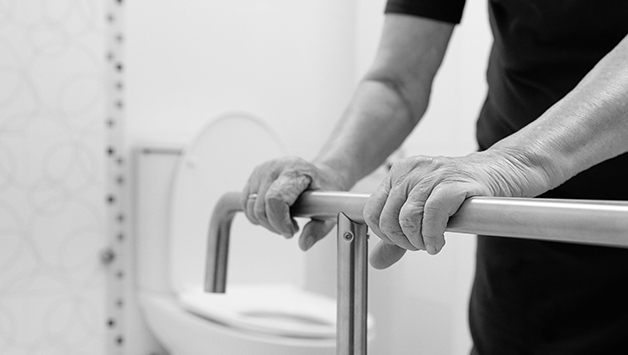
A fall at home can be devastating physically, emotionally, and financially for older people. It can result in an unexpected hospital stay and make activities more difficult — even daunting. That’s why it’s important to protect older adults by taking steps to minimize the risk of falls in the home.
Download our FREE fall prevention checklist >
According to the Centers for Disease Control and Prevention (CDC), more than one out of four older people falls each year, and one out of five of those falls causes a serious injury, such as broken bones or a head injury.
The CDC says many risk factors contribute to falling, and some can be modified to help prevent falls:
It may seem overwhelming to decrease the risk for falls, but you can ensure you’re well protected by using a simple process — start at the front entrance of the house and go room by room, noting potential ways to prevent falls along the way. Ask questions like: Are the stairs even and wide enough to offer adequate support?
You can also take these steps for preventing falls at home:
Download our FREE fall prevention checklist >
Aside from adjustments to your home, you can:
Photo credit: iStock
A hospital stay can be upsetting — to your health, your wallet, and your family. A Hospital Indemnity insurance plan from Wellabe complements your existing health insurance by giving you cash to help with the costs your plan doesn’t cover.
Wellabe offers life and supplemental health insurance plans to help you prepare for good days and bad. We’ll always be here to empower you to be well — well prepared, well protected, and well loved.